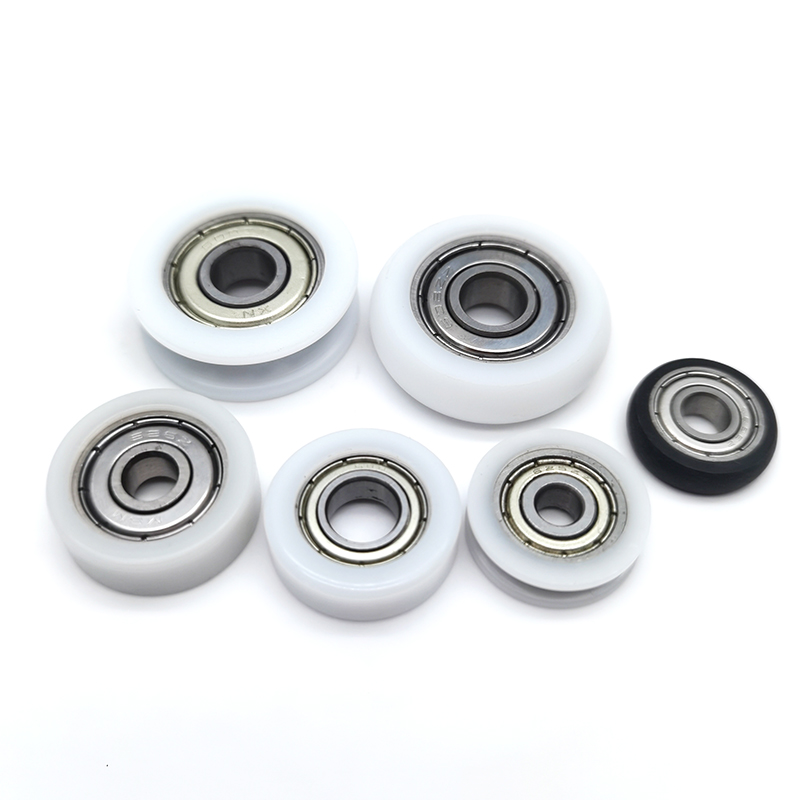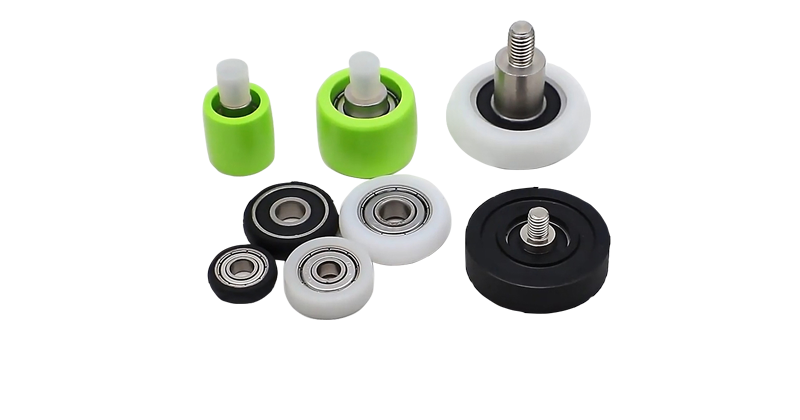86-15820855246(WhatsApp)
info@semeimachinery.com
 SEMEI Wheel Bearings : Are sliding door rollers universal?
SEMEI Wheel Bearings : Are sliding door rollers universal?Sliding door rollers are not universally interchangeable, but they do come in various standard sizes and types that can fit a wide range of sliding door systems. Here are some key considerations and information about sliding door rollers:

Top-Hung Rollers:
Application: Used for doors that are hung from the top track.
Design: Consist of a wheel or wheels that roll along the top track.
Common Sizes: 1-inch, 1.5-inch, 2-inch, and 3-inch diameters.
Bottom-Rolling Rollers:
Application: Used for doors that roll along a bottom track.
Design: Consist of a wheel or wheels that roll along the bottom track.
Common Sizes: 1-inch, 1.5-inch, 2-inch, and 3-inch diameters.
Side-Hung Rollers:
Application: Used for doors that are hung from the side and roll along a side track.
Design: Consist of a wheel or wheels that roll along the side track.
Common Sizes: Vary depending on the specific application.
Door Weight:
Capacity: Ensure the rollers are rated to handle the weight of the door. Common capacities range from 50 pounds to 400 pounds or more.
Type: Heavier doors may require more robust rollers with larger wheels and stronger materials.
Track Type:
Compatibility: Make sure the rollers are compatible with the type of track used in your sliding door system.
Shape: Tracks can be round, V-shaped, or U-shaped, and the rollers must match the track's profile.
Mounting Method:
Bracket Style: Different rollers use different mounting brackets. Ensure the new rollers have the same or compatible mounting style.
Screw Holes: Check the placement and size of the screw holes to ensure they align with the existing holes in your door frame.
Material:
Common Materials: Steel, aluminum, and plastic.
Corrosion Resistance: Stainless steel or aluminum rollers are often preferred for outdoor or humid environments due to their corrosion resistance.
Lubrication:
Self-Lubricating: Some rollers are self-lubricating, while others may require periodic lubrication to maintain smooth operation.
Stanley: Known for high-quality sliding door hardware.
Prime-Line: Offers a wide range of sliding door rollers.
Hafele: Provides specialized hardware for custom and standard sliding door systems.
Measure the Current Rollers:
Measure the diameter and width of the current rollers.
Note the type of track and the mounting method.
Check the Track Profile:
Examine the shape and size of the track to ensure the new rollers will fit properly.
Verify Weight Capacity:
Check the weight capacity of the new rollers to ensure they can handle the weight of your door.
Consult Manufacturer Specifications:
Refer to the manufacturer's specifications for the sliding door system to find recommended roller types and sizes.
Purchase from Reliable Sources:
Buy from reputable hardware stores or directly from the manufacturer to ensure compatibility and quality.
While sliding door rollers are not universally interchangeable, they come in standard sizes and types that can fit a wide range of systems. By carefully measuring and considering the specific requirements of your sliding door, you can select the appropriate rollers to ensure smooth and reliable operation. If you're unsure about compatibility, consulting with a professional or the manufacturer can provide valuable guidance.
